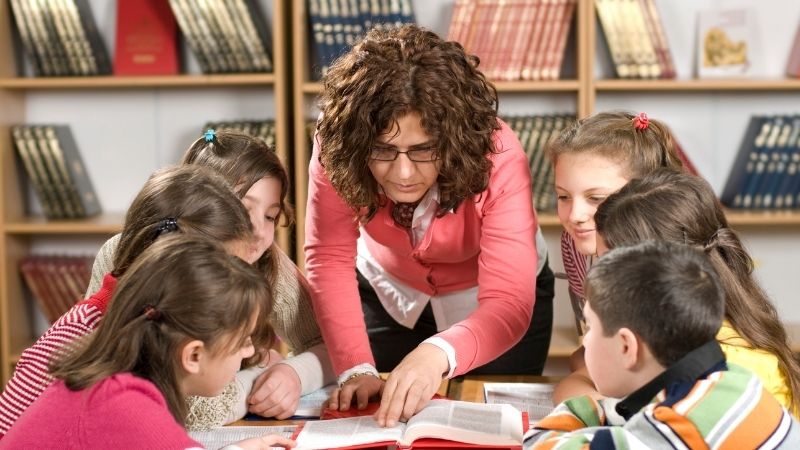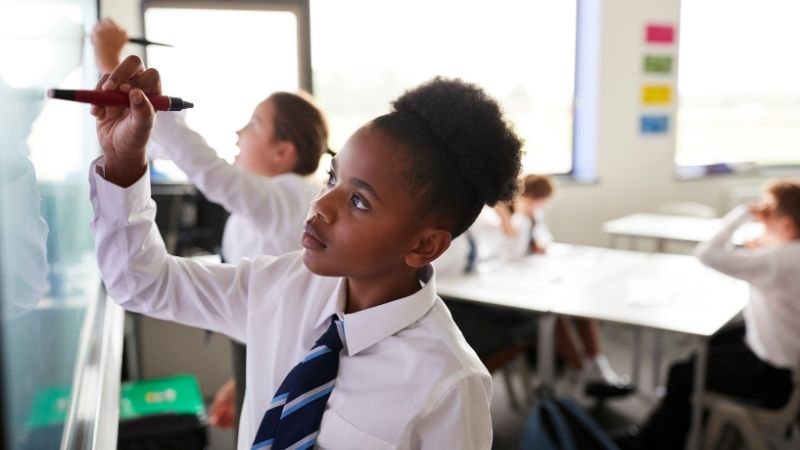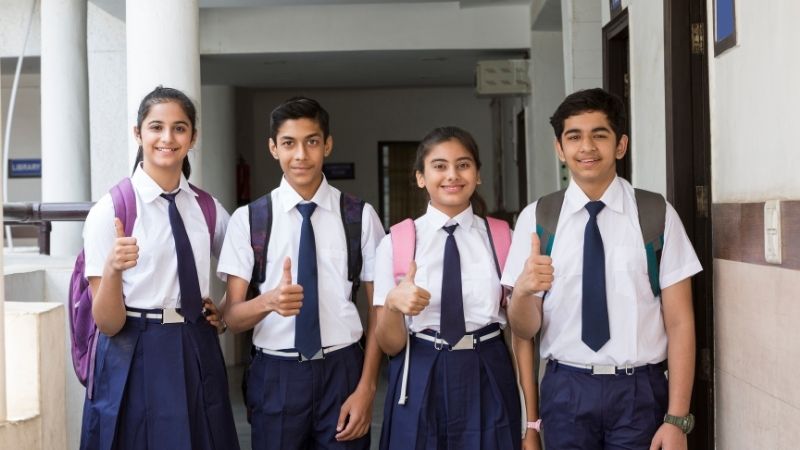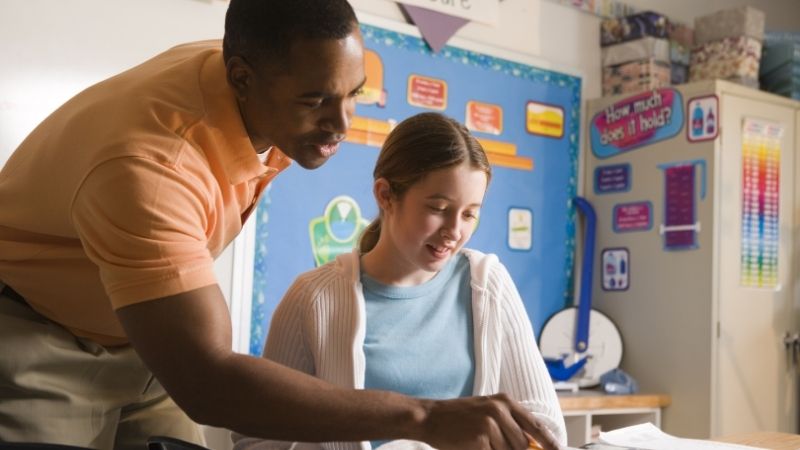
As an educator, I have always sought innovative teaching methods to engage my students and foster their learning. One concept that has caught my attention is the idea of flipped classrooms.
In this article, we will delve into the efficiency of pre-recorded lectures, explore the materialized ideas behind in-class activities, and examine the stimulating nature of student-led discussions. Additionally, we will scrutinize the authenticity of hands-on classroom tasks and encapsulate the scope of blended learning approaches.
Join me on this journey as we uncover the benefits of flipped classrooms and strategies for implementing these innovative teaching methods.
Key Takeaways
- Flipped classrooms save time and effort compared to traditional in-person classes, offering personalized learning experience and flexibility in pace.
- In-class activities enhance the learning experience through hands-on activities and foster critical thinking skills.
- Student-led discussions encourage engagement, enhance communication skills, and promote diverse perspectives and critical thinking abilities.
- Hands-on classroom tasks focus on real-world application, provide practical skill development, and prepare students for future workplace environments.
The Efficiency of Pre-Recorded Lectures
You'll be amazed at how much time and effort you can save by watching pre-recorded lectures instead of attending traditional in-person classes.
Research has shown that students who engage with pre-recorded lectures have the flexibility to learn at their own pace and revisit the material as needed. This allows for a more personalized learning experience, catering to individual needs and preferences.
Additionally, pre-recorded lectures eliminate the need for commuting or adhering to strict class schedules, giving students the freedom to study whenever and wherever they choose. With the ability to pause, rewind, and fast-forward through lectures, students can focus on difficult concepts or review key information without feeling rushed.
The efficiency of pre-recorded lectures not only saves time but also promotes independent learning and self-motivation among students seeking educational freedom.

Materialized Ideas Behind In-Class Activities
Engaging in hands-on activities during class time can enhance your learning experience. The materialized ideas behind in-class activities provide a unique opportunity to apply theoretical concepts, deepen understanding, and foster critical thinking skills. As research suggests, active participation in the learning process leads to better retention of information and improved problem-solving abilities.
In a traditional classroom setting, students often passively receive information through lectures or readings. However, by incorporating interactive tasks such as experiments, group discussions, or simulations into the curriculum, teachers create an environment that promotes engagement and active learning. These activities allow students to connect theory with practice, encouraging them to explore different perspectives and develop their own insights.
Moreover, hands-on activities cultivate essential skills needed in the real world. Collaborative projects enhance teamwork and communication skills while problem-solving tasks stimulate creativity and analytical thinking. By actively participating in these activities, students become more confident in their abilities and gain practical experience that can be transferred to future endeavors.
The Stimulating Nature of Student-Led Discussions
When participating in student-led discussions, it's important to actively listen and contribute your own insights. Student-led discussions have become increasingly popular in educational settings due to their stimulating nature and ability to foster critical thinking skills.
Here are three reasons why student-led discussions are beneficial:
Encourages engagement: By allowing students to take the lead, they become more invested in the topic at hand and actively participate in the conversation. This fosters a sense of ownership and responsibility for their learning.
Enhances communication skills: Student-led discussions require students to articulate their thoughts, opinions, and arguments effectively. This improves their oral communication skills, which are crucial in various aspects of life.

Promotes diverse perspectives: In these discussions, students bring forth different viewpoints that can challenge conventional wisdom and encourage open-mindedness. This exposure to diverse perspectives enhances critical thinking abilities and promotes intellectual growth.
Overall, student-led discussions empower students by giving them a voice in their education while fostering essential skills for success both inside and outside the classroom.
Scrutinizing the Authenticity of Hands-On Classroom Tasks
When it comes to hands-on classroom tasks, one of the key aspects that needs to be examined is their real-world application. It is crucial for educators to ensure that these tasks are not just isolated exercises but rather have a direct connection to the skills and knowledge students will need in their future careers.
Additionally, hands-on tasks provide an opportunity for practical skill development, allowing students to apply what they have learned in a tangible way and further enhance their abilities.
Real-World Application
The real-world application of flipped classrooms can be seen through the authentic hands-on classroom tasks and the scope of blended learning approaches. This innovative teaching method allows students to engage in practical activities that mirror real-life situations, enhancing their understanding and retention of the material.
Through pre-recorded lectures, students have the freedom to learn at their own pace, enabling them to delve deeper into topics that interest them. In-class activities provide opportunities for students to apply what they have learned, fostering critical thinking skills and problem-solving abilities. Student-led discussions further promote collaboration and communication, preparing students for future workplace environments where teamwork is essential.
The use of technology in a flipped classroom setting also prepares students for the digital age, equipping them with essential skills needed for success in today's society. Students are able to explore their interests and take ownership of their learning. Authentic hands-on tasks allow for practical application of knowledge. Blended learning approaches combine traditional teaching methods with technological advancements, providing a well-rounded educational experience.

Practical Skill Development
In my research on the concept of flipped classrooms, I have discovered that one of the key benefits is the development of practical skills. By shifting traditional lectures outside of class time and utilizing pre-recorded videos, students have more opportunity to engage in hands-on activities during class. This allows them to apply theoretical knowledge to real-world scenarios and develop practical skills that are essential for their future careers.
For example, in a science class, instead of spending valuable class time listening to a lecture on chemical reactions, students can watch a video at home and then come prepared to conduct experiments in the lab.
This approach not only enhances their understanding of the subject matter but also fosters critical thinking, problem-solving abilities, and teamwork – all vital skills for success beyond academia. The flipped classroom model provides students with an authentic learning experience that prepares them for the challenges they may face in their chosen fields.
Transitioning into the next subtopic about engagement and motivation, it is worth exploring how this hands-on approach contributes to student enthusiasm and active participation in class.
Engagement and Motivation?
You can explore how this hands-on approach enhances your engagement and motivation in class. When you actively participate in hands-on activities, you become more invested in the learning process. This engagement not only improves your understanding of the topic but also boosts your motivation to learn.
Here are three ways in which a hands-on approach can enhance your experience:
Real-world application: Hands-on activities allow you to apply theoretical knowledge to real-life situations, making the learning process more meaningful and practical.

Active learning: By engaging in hands-on tasks, you take an active role in constructing knowledge, rather than passively receiving information. This active participation promotes deeper understanding and retention of content.
Collaboration and interaction: Hands-on activities often involve group work or discussions, fostering collaboration and interaction among peers. These interactions provide opportunities for sharing ideas, problem-solving together, and gaining different perspectives.
The Scope of Blended Learning Approaches
When considering the scope of blended learning approaches, it's essential to analyze the benefits, implementation challenges, and potential solutions that arise.
Blended learning offers numerous advantages such as increased flexibility, personalized instruction, and access to a diverse range of resources.
However, implementing this approach can be challenging due to factors like technology integration, teacher training, and student readiness.
To address these challenges effectively, it's crucial to develop comprehensive strategies that involve ongoing professional development for teachers, robust technical support systems, and clear communication with students and parents.
Benefits of Blended Learning
One of the key advantages of blended learning is the flexibility it offers students to learn at their own pace. This personalized approach allows individuals to progress through the material at a speed that suits their needs and abilities.

Additionally, blended learning provides students with the freedom to choose when and where they want to study. They are not limited by traditional classroom schedules or physical locations, giving them the opportunity to create a learning environment that works best for them.
Furthermore, blended learning promotes student autonomy and responsibility as they take ownership of their education. This sense of independence can boost motivation and engagement, leading to better learning outcomes.
- Flexibility in terms of pace
- Freedom in choosing study time and location
- Promotion of student autonomy and responsibility
Implementation Challenges and Solutions
Implementing blended learning can present various challenges, but there are solutions available to overcome them. One of the main challenges is resistance from both teachers and students who may be accustomed to traditional classroom settings. However, with proper training and support, teachers can learn how to effectively integrate technology into their teaching practices.
Additionally, providing students with clear guidelines and expectations for online learning can help address any initial hesitations or confusion. Another challenge is ensuring equal access to technology and internet connectivity for all students. Schools can work towards bridging this digital divide by providing devices and internet access to those who need it the most.
By addressing these challenges head-on, schools can successfully implement blended learning and reap its numerous benefits.
Transition: Now that we have explored the implementation challenges of blended learning, let us delve into examining the benefits of flipped classrooms.
Examining the Benefits of Flipped Classrooms
The benefits of flipped classrooms can be seen in the increased engagement and participation of students. In my research, I found that pre-recorded lectures allow students to learn at their own pace and review materials as needed. This flexibility promotes a sense of autonomy and empowers students to take ownership of their learning.

Additionally, in-class activities provide hands-on experiences that reinforce concepts learned outside the classroom. These activities encourage critical thinking, problem-solving skills, and collaboration among peers.
Lastly, student-led discussions foster a dynamic learning environment where diverse perspectives are shared and debated. Students have the freedom to explore ideas, ask questions, and challenge assumptions. This interactive approach not only enhances understanding but also cultivates a deeper level of engagement with the subject matter.
- Flexibility through pre-recorded lectures
- Hands-on experiences with in-class activities
- Dynamic learning environment through student-led discussions
Strategies for Implementing Innovative Teaching Methods
Using innovative teaching methods can help create a dynamic and engaging learning environment. One strategy for implementing these methods is to incorporate technology into the classroom. By utilizing online platforms and tools, such as interactive presentations or virtual simulations, students can actively participate in their own learning process. This not only increases their engagement but also allows for personalized instruction tailored to their individual needs.
Additionally, incorporating project-based learning activities can encourage critical thinking and problem-solving skills while promoting collaboration among students. Another effective strategy is to provide opportunities for student-led discussions and debates. This promotes independent thinking, enhances communication skills, and fosters a sense of ownership over their education.
Overall, implementing innovative teaching methods empowers students, encourages creativity, and prepares them for the ever-changing demands of a modern society that values freedom of thought and expression.
Frequently Asked Questions
How Can Pre-Recorded Lectures Be Accessed and Utilized by Students Outside of Class?
To access and utilize pre-recorded lectures outside of class, I would recommend using a digital platform that allows for easy playback and note-taking. This way, students can review the material at their own pace and reinforce their understanding.
Are There Any Specific Examples of Hands-On Classroom Tasks That Have Been Successfully Implemented in Flipped Classrooms?
In flipped classrooms, hands-on tasks like group projects and simulations have successfully engaged students. They provide practical application of concepts learned through pre-recorded lectures, fostering critical thinking and collaboration skills.

What Are Some Potential Challenges or Limitations of Student-Led Discussions in the Classroom?
The potential challenges of student-led discussions in the classroom include unequal participation, lack of preparation, and difficulty in managing time. However, with proper guidance and facilitation, these challenges can be overcome to promote active learning and critical thinking skills.
How Can Blended Learning Approaches Be Customized to Meet the Individual Needs of Students?
Blended learning approaches can be customized to meet individual student needs by providing a variety of instructional methods, personalized assessments, and flexible pacing. This allows students the freedom to learn at their own pace and explore topics that interest them.
There are several recommended resources and platforms for teachers to create and share pre-recorded lectures for their flipped classrooms. Some popular options include YouTube, Screencast-O-Matic, and Edpuzzle. These tools allow for flexibility and accessibility in delivering content to students.
 Careers in EducationElementary EducationHigh School EducationEducational TechnologyTeaching StrategiesSpecial EducationPrivacy PolicyTerms And Conditions
Careers in EducationElementary EducationHigh School EducationEducational TechnologyTeaching StrategiesSpecial EducationPrivacy PolicyTerms And Conditions
